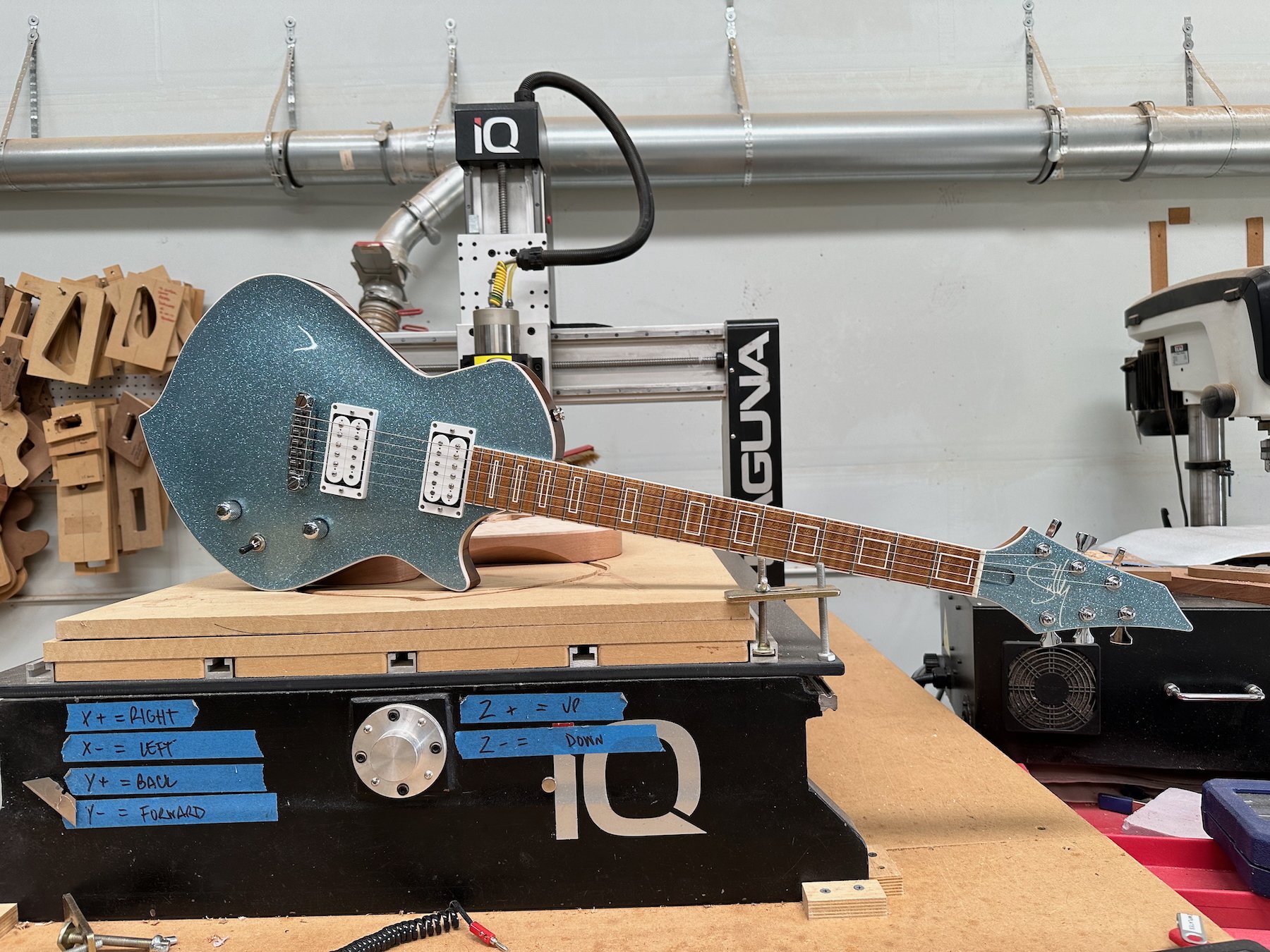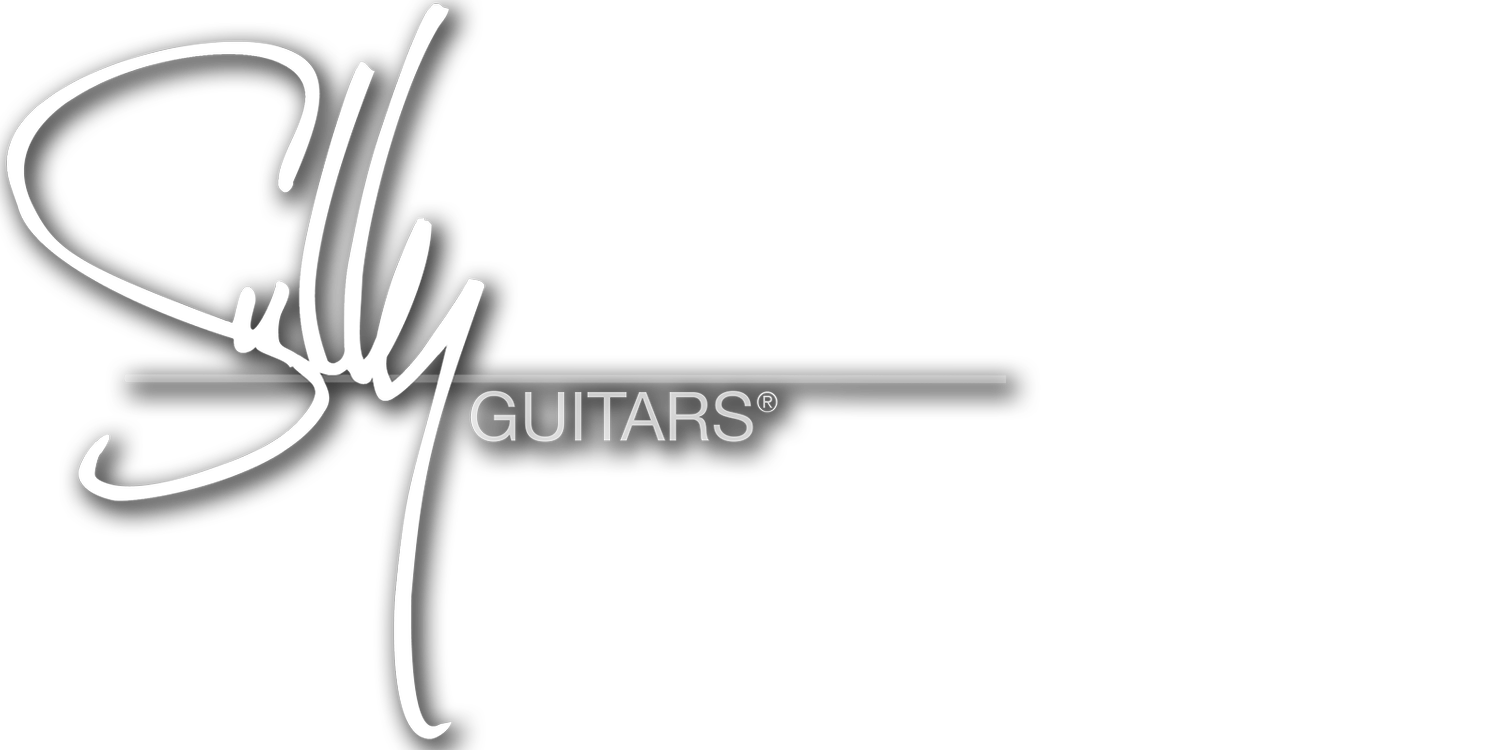
Thoughts about Robbin Crosby
A lot of thoughts and feelings rise up today; memories of being a teenager and drooling over that black Jackson V when I saw the Round and Round video for the first time. Reading about Robbin in Guitar for the Practicing Musician magazine and seeing pictures of him and that massive, red King V (which was named after him). Wearing out cassettes and hanging posters of Robbin and RATT on my wall. Figuring out the little lead break in Lack of Communication and then teaching it to my friend Mark. Cracking up at his sense of humor. Getting the Jackson “Big Red” Tribute guitar project going again. Good memories. That’s what I choose to focus on.

